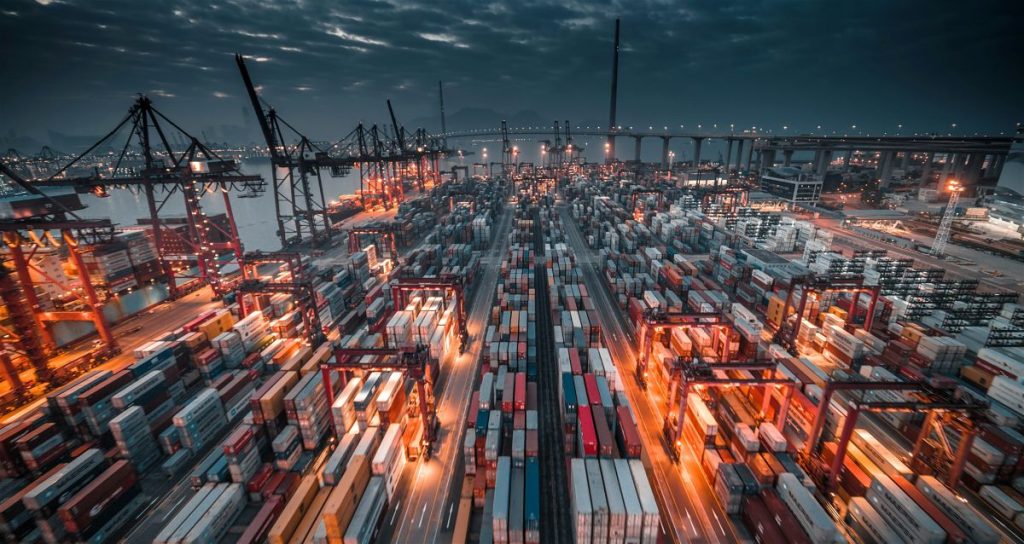From mid-October, ships built or operated by China-linked entities face new U.S. port fees, sparking concern among importers and supply chain leaders about rising costs and network disruptions.
China-Built Ships Face New Costs at U.S. Ports
Starting October 14, ocean carriers operating vessels built in China or tied to Chinese entities will be subject to new U.S. port fees, the Office of the U.S. Trade Representative (USTR) confirmed Thursday. Fees will range from $18 per net ton to $120 per container, and rise annually each April. Some exemptions apply, notably for ships carrying U.S. government cargo.
The move follows a year-long Section 301 investigation into China’s dominance in shipbuilding and maritime logistics. It reflects a sharpened U.S. policy line—underscored by a recent executive order—aimed at reducing reliance on Chinese vessels and encouraging investment in American-built ships. To that end, shipowners can receive a fee exemption for up to three years if they place an order for a new U.S.-built ship.
Ambassador Jamieson Greer framed the action as a strategic effort to safeguard U.S. economic security. “The Trump administration’s actions will begin to reverse Chinese dominance, address threats to the U.S. supply chain, and send a demand signal for U.S.-built ships,” he said.
Industry Warns of Supply Chain Fallout
Importers and trade groups have pushed back hard. Nate Herman of the American Apparel & Footwear Association warned that “penalizing shippers” who rely on foreign-built vessels—particularly when U.S. options remain costlier and scarce—will only drive up consumer prices and disrupt product availability.
Shipping analysts echoed the alarm. Lars Jensen of Vespucci Maritime noted the policy could force major realignments in global carrier networks, with Ocean Alliance members like CMA CGM and Evergreen potentially shifting their U.S.-bound traffic to avoid affected Chinese-built vessels. Chinese carriers COSCO and OOCL are expected to be hit hardest, with some vessels facing fees exceeding $8 million.
While aimed at reducing reliance on China, the policy could have broader ripple effects. Nearly one in five vessels arriving at U.S. ports in February were built in China, according to Alphaliner, including ships operated by non-Chinese carriers.
Higher Costs, Limited Alternatives
This policy is a bold but risky play. For supply chain leaders, it introduces fresh complexity into network planning and sourcing strategies—especially as ocean freight markets already face pressure from geopolitical risk and pricing volatility. While the intent to rebuild domestic shipbuilding is understandable, the speed and scale of the rollout may leave many scrambling. With U.S.-built capacity still far off, the short-term reality is fewer options and higher rates. Now is the time to re-evaluate routing strategies and carrier partnerships ahead of the October implementation.



